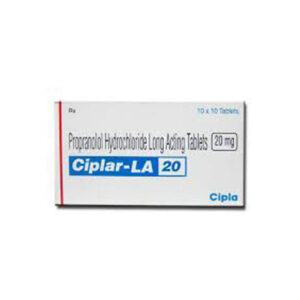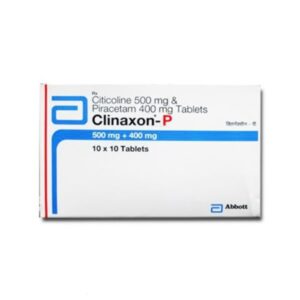Eplerenone Information
What is this drug used for?
• It is used to treat high blood pressure.
• It is used to help heart function after a heart attack.
• It may be given to you for other reasons. Talk with the doctor.
Possible side effects
Eplerenone may cause side effects. Tell your doctor if any of these symptoms are severe or do not go away:
• Signs of an allergic reaction, like rash; hives; itching; red, swollen, blistered, or peeling skin with or without fever; wheezing; tightness in the chest or throat; trouble breathing, swallowing, or talking; unusual hoarseness; or swelling of the mouth, face, lips, tongue, or throat.
• Signs of high potassium levels like a heartbeat that does not feel normal; feeling confused; feeling weak, lightheaded, or dizzy; feeling like passing out; numbness or tingling; or shortness of breath.
• Diarrhea.
• Throwing up.
• Chest pain or pressure or a fast heartbeat.
• Swelling in the arms or legs.
• Not able to pass urine or change in how much urine is passed.
Medication Safety Issues
Geriatric Patients: High-Risk Medication:
Beers Criteria: Diuretics (eplerenone) are identified in the Beers Criteria as potentially inappropriate medications to be used with caution in patients 65 years and older due to the potential to cause or exacerbate syndrome of inappropriate antidiuretic hormone secretion (SIADH) or hyponatremia; monitor sodium concentration closely when initiating or adjusting the dose in older adults (Beers Criteria [AGS 2019]).
Storage and Stability
Store at 25°C (77°F); excursions permitted to 15°C to 30°C (59°F to 86°F).
Adverse Reactions
>10%: Endocrine & metabolic: Hyperkalemia ([cardiac failure, post-myocardial infarction: >5.5 mEq/L: 16%; ≥6 mEq/L: 6%], [hypertension, >5.5 mEq/L: at dose of 400 mg: 9%; dose ≤200 mg: ≤1%]), hypertriglyceridemia (1% to 15%; dose-related)
1% to 10%:
Central nervous system: Dizziness (3%), fatigue (2%)
Endocrine & metabolic: Hyponatremia (2%; dose-related), albuminuria (1%), gynecomastia (≤1%), hypercholesterolemia (≤1%)
Gastrointestinal: Diarrhea (2%), abdominal pain (1%)
Genitourinary: Abnormal vaginal hemorrhage (≤2%), mastalgia (males: ≤1%)
Renal: Increased serum creatinine (cardiac failure, post-myocardial infarction: 6%)
Respiratory: Cough (2%), flu-like symptoms (2%)
<1%, postmarketing, and/or case reports: Angioedema, increased blood urea nitrogen, increased liver enzymes, increased uric acid, skin rash –






